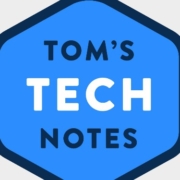In the ’90s, server software came in boxes containing floppies and CDs that required expert knowledge and hours of setup before it was production-ready. Nowadays, launching server application and infrastructure software is just a few clicks away in all of the major cloud vendors’ marketplaces. However, some fundamental platform challenges around standardization still need to be solved, and Kubernetes seems to be the likely solution to overcome these issues.
First, a Little History
In the early days of computing, software and hardware were tightly coupled. Applications written for a specific computer would not work on machines from other vendors. Third-party application providers, also known as ISVs (Independent Software Vendors), that wanted to target multiple platforms typically had to rewrite or modify large chunks of their software to address differences in the underlying hardware. The arrival of cross-platform operating systems and languages changed all of this, allowing ISVs to write their software to a single set of APIs and offloading the responsibility of porting to different hardware platforms to the operating system vendor.
Source de l’article sur DZONE
 Nancy is a tool to check for vulnerabilities in your Golang dependencies, powered by Sonatype OSS Index. docker-nancy wraps the nancy executable in a Docker image.
Nancy is a tool to check for vulnerabilities in your Golang dependencies, powered by Sonatype OSS Index. docker-nancy wraps the nancy executable in a Docker image. 









